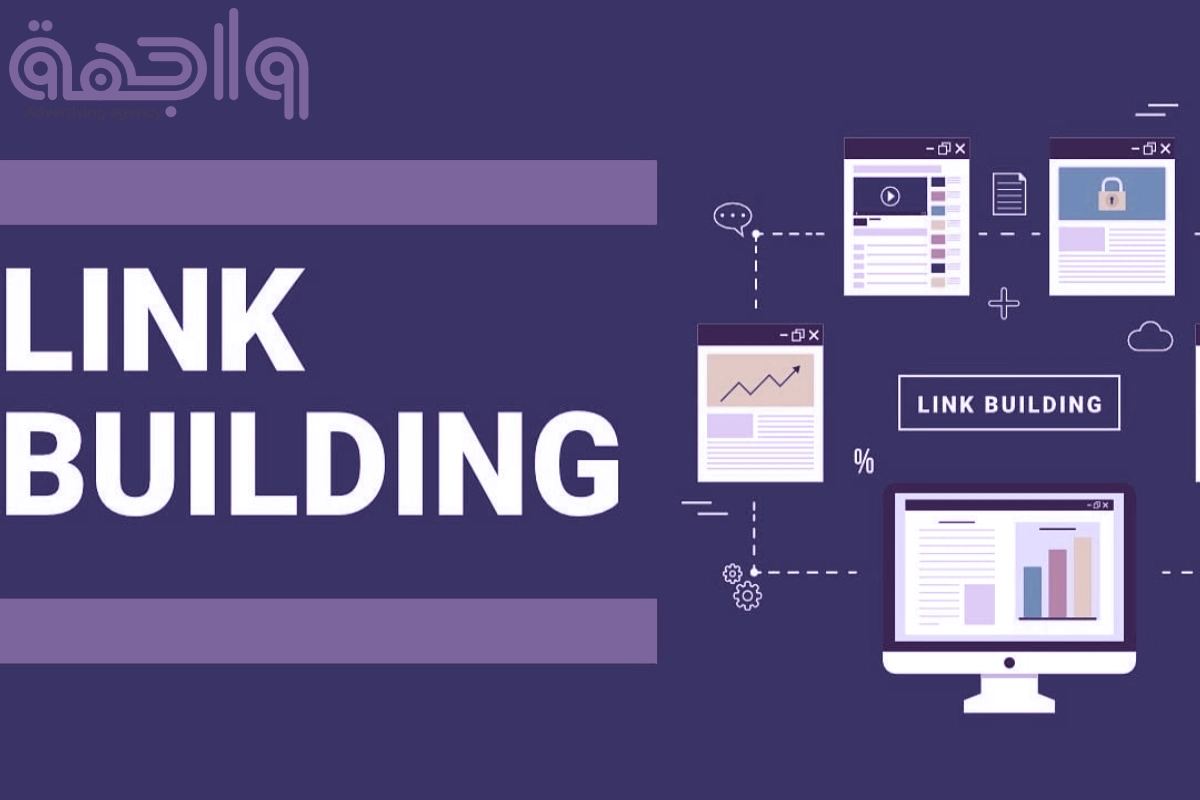Internal links are an important part of search engine optimization strategies, as they help enhance the ranking of pages within the site. By directing links from high-value pages, such as the homepage, to other pages, part of this value can be transferred to the related pages. While the value of the link is not a direct ranking factor, internal links contribute to distributing ranking power among pages, helping to improve their visibility in search engine results.
Why Are Internal Links Effective?
When a specific page gains strong value through external or internal links, it becomes capable of transferring this value to other pages within the site, contributing to improving the ranking of those pages in search engines. Over time, the pages benefiting from this ranking value can in turn transfer this power to other pages, enhancing the overall ranking of the site and increasing its strength in search results.
Value can also be exchanged between different sites through backlinks, which is why backlinks are considered one of the most important strategies for search engine optimization, significantly contributing to elevating the site in rankings.
How to Create an Internal Link Strategy
Internal links are an important part of an effective SEO company's strategy, and there's no better time to start than now. Here's how to develop a strong internal linking strategy:
Defining Site Structure
The site structure describes how the content is categorized, organized, and linked together. It's best to have a hierarchical information sequence before building your site, illustrating how pages are interlinked.
- The homepage at the top.
- Main pages beneath it.
- Subpages supporting the main pages.
Creating a Hierarchical Chain of Links
Once the structure is defined, make sure that the links flow from top to bottom (and back up again) in this hierarchical sequence.
The homepage should link to categories or thematic pages.
Each of these main pages should link to subpages and supporting content.
Where possible, also interlink subpages with each other.
Providing Navigational Links
Navigational links help users find their way around the site. You can create a global navigation encompassing the entire site, and local navigation within a category or even within a specific page.
In addition to navigational bars, sidebars, and footers, you can add breadcrumb links to help users always know their location in relation to other sections on your site.
Identifying the Most Valuable Content
To develop an effective linking strategy, consider the pages most useful to your visitors and how you want to guide them through their journey.
The most important pages for conversions or SEO goals should be the focus of internal linking.
When you identify the pages you want to focus on, you can use internal links to indicate the importance of this content.
If your site structure is set up correctly, the most important pages should be clear and easily accessible.
Adding Links within Content
Contextual links are placed within the page's content. For example, an article discussing "Choosing Between Wallpaper and Paint" is a perfect place to add a contextual link to the interior painting services page or a post about bedroom renovation.
Content Recommendations
Internal links can be used to recommend related content to keep visitors engaged within your site.
You can suggest content at the end of a page in list format or use plugins that display thumbnail images of recommended articles. Recommendations can include:
- Related articles: Objectively related content.
- Popular articles: Most read posts that visitors shouldn't miss.
- Newest articles: Recently added content that can benefit from some link value from an old well-ranked page.
Creating Taxonomy Links
Using categories and tags is an effective way to organize a blog or resource collection.
Taxonomy is the process of organizing or grouping content by topics, making it easier for users to find what interests them.
For example, in large blogs, you can categorize content by main topics and provide direct links to those categories. This type of links also informs search engines of the content interconnection.
Steps to Successfully Implement an Internal Link Strategy:
- Define your site structure and organize content into hierarchical and structured categories.
- Distribute links hierarchically by linking main and subpages.
- Provide smooth navigation using navigation bars, side links, and footers.
- Identify the main content you want to guide visitors to.
- Add contextual links within the content to drive users to further interaction.
- Recommend related content at the end of pages to keep visitors engaged.
- Use taxonomy to organize blog or article content by categories and tags.
Additional Tips:
- Ensure all links are Dofollow so search engines can follow and index them.
- Use anchor texts rich in keyword phrases to clarify the type of content the links refer to.
- Be cautious of keyword cannibalization and avoid using the same anchor text to refer to different pages.
- Implementing a strong internal linking strategy enhances the user experience and improves search engine optimization, helping your site rise in rankings.
Using Internal Links to Facilitate Indexing
When your page is indexed, it is added to the massive library of search engine information. But for it to be indexed, the "crawl bot" must find it first. Internal links help guide search engines to new or deep pages within the site's structure. Every page needs at least one internal link to be found and indexed. If a page doesn't have an internal link, Google might not find it.
Linking Old and New Pages
In large blogs, old content is often pushed to the archives over time, reducing the chance of being found by visitors browsing the site. Hence, it's good to link old content to new pages if the topics are related.
Linking old and new content contributes to increasing traffic to old pages, helping keep them active and improving their rankings in search engines.
Old pages that have been updated over time often get better rankings than new pages because they have gained more backlinks and built greater authority.
Internal links allow for the flow of link equity in both directions, between old and new pages.
Best SEO Practices for Internal Link Building
Linking to Core Pages
Add links throughout your site to connect visitors with important pages, such as the homepage, product or service pages, or key conversion points. This strategy ensures that:
Google can easily find pages. The crawling process always starts from pages already indexed by Google, so links should be placed on previously indexed pages.
Google knows these pages are important. A large number of internal links pointing to a specific page means that page is important.
Strategically Adding Links from the Homepage
The homepage is usually the highest-ranking page on the site, meaning it has significant link value that can be shared with other pages. However, care should be taken in choosing the pages to link from the homepage.
While you may want to link to many pages, you should remember that link equity is distributed equally among all links. The more links, the less value each link receives.
How to Choose Links from the Homepage:
- Link products or visitor's most interesting information.
- Link to new content on your site.
- Link to the most popular content.
If your other content is organized well, visitors and crawling bots should be able to access other pages by clicking on second or third level pages.
Internal Links Help Maintain Crawl Budget
Although Google has vast resources, it needs to reduce the time spent on each site to cover as many sites as possible. Google determines the crawl budget it assigns to your site based on an algorithm that considers multiple factors such as:
- Site size
- Responsiveness and speed
- Popularity
- Content update frequency
Once the crawl bot reaches the maximum crawl budget for your site, it moves on to another site.
How Do Internal Links Contribute to Improving Crawl Budget?
By focusing on internal links and improving SEO, you can help search engines navigate efficiently between pages on your site, allowing them to delve deeper to discover new pages and index them.




